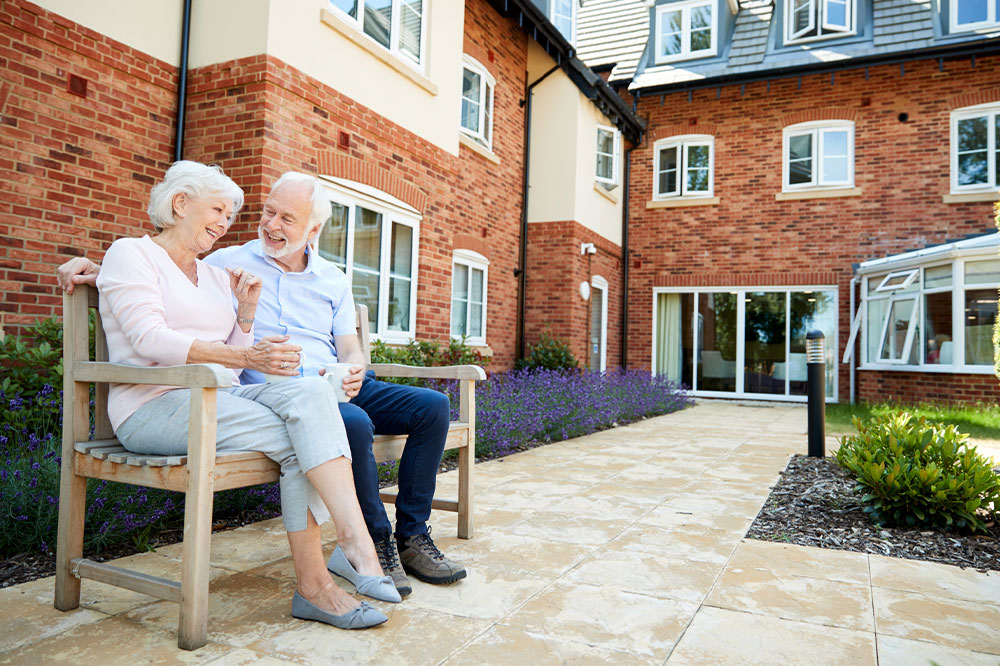Understanding Senior Living Apartments: A Comprehensive Guide
Explore the essentials of senior living apartments, including eligibility, types, amenities, and factors to consider when choosing a community. Designed for retirees, these residences provide comfort, support, and affordability, with options ranging from basic to luxurious living environments. Learn how to select a community that suits your needs and lifestyle for a fulfilling retirement experience.

Understanding Senior Living Apartments
As individuals advance in age, they often require specific amenities that typical apartments may not provide. Senior living communities are specially designed residences that focus on ease of living, offering maintenance-free apartments along with housekeeping, dining, and support services to enhance daily life. Perfect for those who are retired, these apartments prioritize comfort and convenience. Eligibility typically begins for residents aged 55 to 62 or older, while certain exemptions apply for disabled individuals, according to housing regulations.
The U.S. Department of Housing & Urban Development (HUD) and the Housing for Older Persons Act mandate that at least 80% of occupied units include residents aged 55 or above, allowing for some exceptions like spouses under the age threshold. These communities cater to diverse needs, whether homeowners wish to reduce expenses, downsize, or stay close to loved ones.
Senior living apartments come in various pricing tiers. Affordable options restrict rent costs to no more than 30% of income, often supported by federal and state aid. Market-rate communities generally offer rents about 15% lower than conventional rentals, with amenities like dining, housekeeping, and transportation included. Luxury senior residences provide upscale features, often exceeding 2000 sq. ft., and are located near cultural and social venues.
Typical amenities include communal lounges with TVs, dining halls serving multiple meals daily, smoke detectors, fire alarms, sprinkler systems, computer stations, laundry facilities, on-site pharmacies, and 24-hour emergency services. When selecting a community, consider factors like neighbor friendliness, nearby walking trails, neighborhood safety, and proximity to community centers or churches to support an active social life. Choosing a senior living apartment that aligns with your lifestyle ensures a comfortable, affordable post-retirement living experience.










